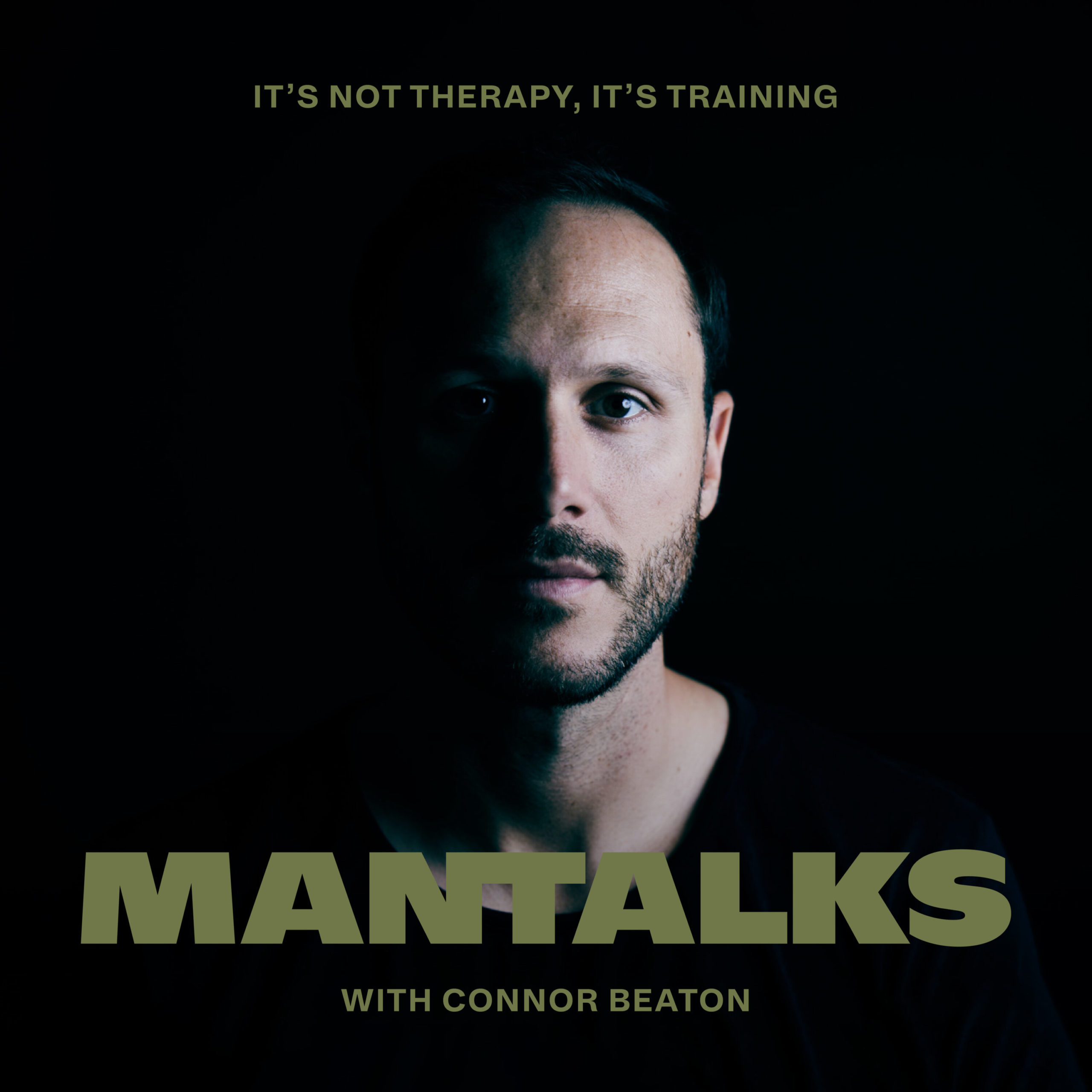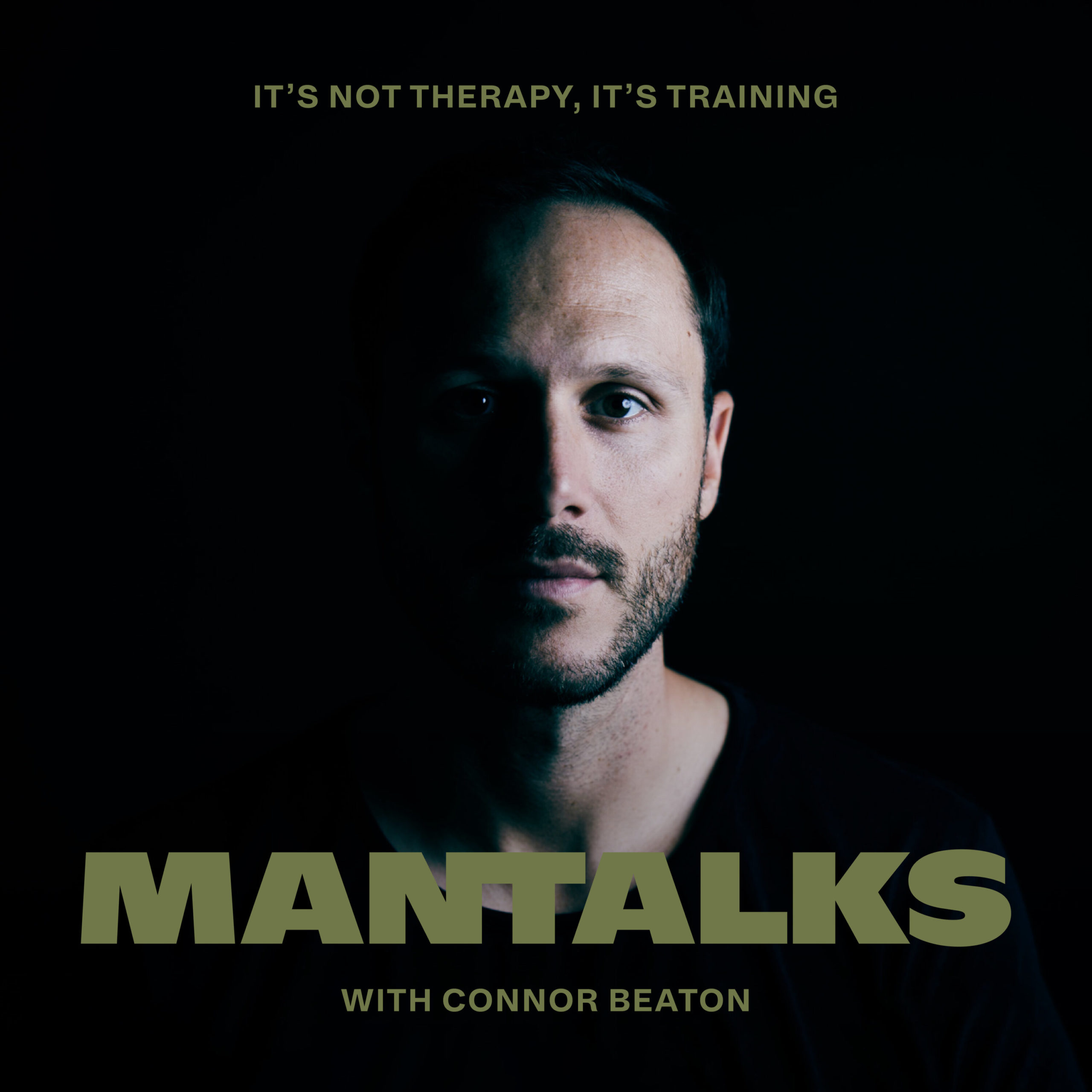The Problem Is Old
Growing up I lived with my best friend who was in a physically abusive relationship. He regularly endured a barrage of punches, scratches, kicks and all-out violence—along with a host of verbal abuse. His girlfriend sometimes came at him with a weapon, breaking down doors and cornering him in a room. He’d spend hours trying to talk her down, and when it became too much, he’d phone the police.
This is where the situation always took a confusing turn. Every time the RCMP showed up, he was detained, handcuffed and unapologetically thrown in the back of a police car while his partner was questioned and searched for injuries.
The cops held my friend in the backseat while they spoke to his girlfriend, trying to sort out what had happened. When it was clear she was the one inflicting the violence, he was let out of handcuffs, both were given a haphazard lecture, then the cops darted off without any type of follow-up.
Finally one time it became too much. The cops showed up and my friend, frustrated and displeased at being detained once again, resisted and received a rather vicious trip to the back of a patrol vehicle. I was home and protested out on the driveway but the cops were dismissive and oddly apologetic.
“We’re just doing what we’ve been trained to do,” one said to me as my friend sat battered and bruised in the back of the car like a criminal.
For all his faults, my buddy was raised properly, in that a man was to never lay a hand on a woman—ever. His confusion is what stuck with me, he literally had no idea what to do, or how to mitigate what was a very violent, unpredictable partner who was causing him immense stress and physical pain. Of course the relationship ended, violently, yet he escaped.
I saw firsthand what the experience did, souring him not only to partnership and cohabitation, but the entire construct of law and order. The criminal justice system was not something he could rely on to protect himself in a very serious time of need. Friends and family weren’t much help either—the idea of a man as the victim in an abusive relationship was laughable. He was told to toughen up, or straighten out his woman.
The Research Doesn’t Fit The Cultural Narrative
I know what you’re thinking, this is an outlier, a minority situation which holds no real weight inside the monstrous world of domestic violence. To be honest, up until about a month ago, I would have completely agreed with you.
Then a friend sent me a link to a piece by Vancouver Sun columnist Douglas Todd. He’d spoken to renowned University of British Columbia psychologist Don Dutton, who was lobbying the Premier about the B.C. government’s failed approach to domestic violence.
Citing multiple large peer-reviewed surveys, Dutton and others in the field found the most common form of domestic violence (50%) is bilateral, matched for severity by each partner. The second most common form of domestic violence (35%) is perpetrated by women against non-violent men, and the third most common is male violence against females (15%).
However Dutton and counsellors at Nanaimo’s Men’s Centre stated the overall majority of the tens of millions the provincial government spends on domestic violence goes solely to women. Dutton received a canned response from the Premier’s office, stating those funds are available to both sexes, but when you go to the province’s website on the issue, on the top right reads a banner “What is Violence Against Women?” and directly below that is a page link that leads to a headline written in bold: “Women are predominately at risk of violence.”
The study reminds me of a The New York Times article I came across recently, which cites a National Bureau of Economic Research paper titled “An Empirical Analysis of Racial Differences in Police Use of Force.”
What it found caused a lot of controversy. Combing data from ten major American cities’ police departments, the findings showed that while African-Americans got manhandled more than whites, they were at no increased risk of being shot because of their skin colour—statistically speaking.
The author of the paper, economist Roland Fryer who himself is African-American, was just as shocked as anyone by the findings.
“It is the most surprising result of my career,” he said to The New York Times.
Fryer’s made a name for himself over the years for getting to the heart of what many believe is racial injustice, but the actual quantitative data he’s uncovered at times doesn’t necessarily back up popular sentiment.
One of Fryer’s earlier papers found black children with a 4.0 grade-point average have fewer black friends than those with a 3.5 average, which wasn’t true for their white counterparts when it comes to their black friends. The false idea that white kids are less inclined as they advance in education to have black friends might seem slightly trivial in the grand scheme of things, but it does speak to a larger cultural narrative we’re spinning that might not exactly be magnetic north.
To dismiss both Fryer and Dutton as fringe researchers is virtually impossible. Last year Fryer became the first African American to win the John Bates Clark Medal, awarded annually to the top U.S. economist under 40. Dutton has published a number of books on various psychological topics and his resume is a laundry list of talks, research, and accolades.
To label someone like Dutton as a proponent for Men’s Right’s Activism flies in the face of the fact that many within his field are quite supportive of him trying to bring these findings to light. As noted in Todd’s piece, Professor Sara Desmarais, who has a PhD in psychology from Simon Fraser University recently did a meta-analysis which resulted in similar findings.
Desmarais looked at 249 domestic violence studies, which totaled up to approximately 135,000 incidents. The research confirmed that female-perpetrated domestic violence is more prevalent than male. There are also multiple other studies confirming that domestic violence against men is climbing while instances against women are dropping, and that male-on-male violence still makes up the vast majority of murder.
This point was outlined in a TIME piece that looked at Soccer player Hope Solo, who continued to play for Team USA even after she was charged with domestic violence (Solo is still awaiting trial). The piece, written by Cathy Young, ended with a very sobering statement I’m not sure everyone is ready to hear yet: “Today, simplistic feminist assumptions about male power and female oppression effectively perpetuate those stereotypes. It is time to see women as fully human—which includes the dark side of humanity.”
One of the big driving factors for this skewed view of domestic violence runs back to the police. Men are much more reluctant than women to tell police they are the victims of domestic abuse. Most are too ashamed to even admit they’ve been assaulted in the first place. Men are incredibly wary of reporting domestic violence to the police, believing they will be cast a liar and treated as the aggressor. Once again these findings are backed up by multiple peer-reviewed studies, most notably Denise Hines, a research associate professor in the Department of Psychology at Clark University.
Data and Compassion Are Needed
Nobody’s denying the serious problem of domestic violence against women, or that systemic racism is not deeply embedded within Western cultures—or any culture for that matter. But what is important today, is to come at these discussions from a foundation of empirical facts and quantitative data. Nobody wins when we go with anecdotal evidence, long-held beliefs, or allow soapbox activists to drown out the complete story of what is most definitely a human issue, not simply a gender-based one. Discourse only works if the table is not improperly weighted to one side.
I often feel remorse thinking about my friend — with whom sadly I don’t speak to anymore — and his awful situation at the time. To be completely honest, I remember laughing at him one night out with the rest of the boys about his ‘problem’. He was the butt of the joke, getting pummeled repeatedly by someone half his size, only to have the cops come and do a number on him too.
We laughed it off, but his problem remained. Trapped between a rock and a hard place, with no one to turn to for help, he was a victim of domestic violence lost in the shuffle. I wish I could go back and help him, but I can’t — and at the time didn’t think I should — and that’s an Albatross I continue to carry.
Read More By Patrick Blennerhassett on the ManTalks Blog:
Dead Men: Our Quiet Suicide Epidemic
Letting Go of the Physicality of Youth
__________

Sign up to the ManTalks newsletter and every week we’ll send you an email with the week’s top articles and interviews.
[fc id=’3′][/fc]



